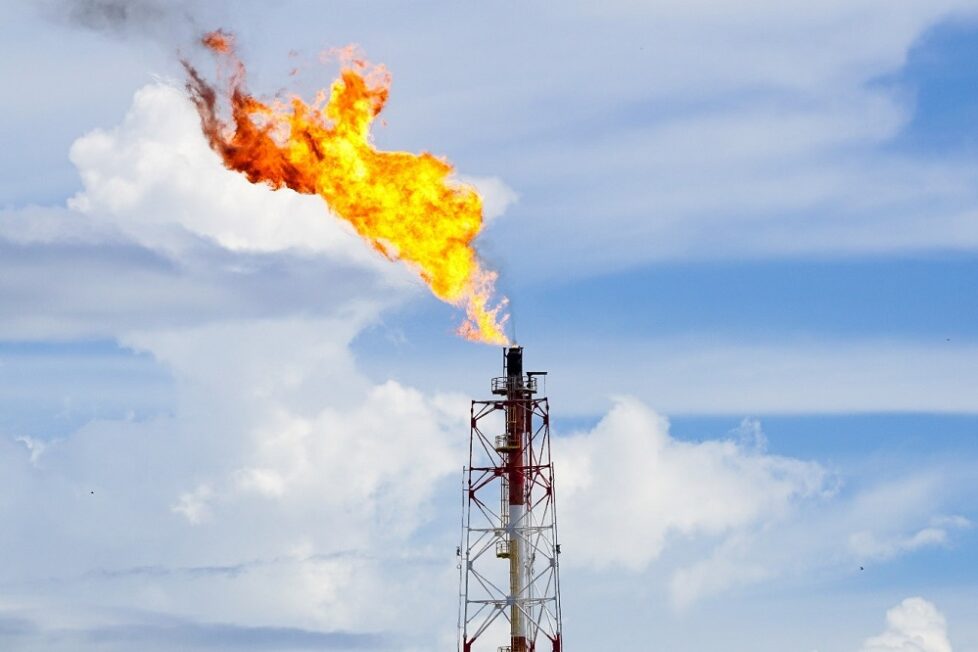Biden Administration Announces Rules to Cut Methane Emissions for Oil and Gas Sector

The Biden administration announced a finalized rule by the U.S. EnvironmentalEnvironmental criteria consider how a company performs as a steward of nature. More Protection Agency (EPA), aimed at significantly cutting methane emissions by the oil and gas industry, preventing the equivalent of 1.5 billion metric tons of greenhouse gas emissions.
The new rule includes a suite of pollution reduction standards addressing the largest sources of methane and other pollutants at oil and gas facilities, including leaks or venting of methane from equipment and processes, as well as promoting the use of cutting-edge methane detection technologies.
Rapid reduction in methane emissions is seen as one of the most effective near-term actions that can be taken in order to help achieve the global climate goal to limit warming to 1.5°C. Methane, emitted from activity such as agriculture, fossil fuel production and transport, coal mining and landfills, is an extremely potent greenhouse gas, with as much as 80x the warming power of CO2.
The finalization of the new rule, announced at the COP28 climate conference, follows the launch last year by the Biden administration of its Methane Emissions Reduction Action Plan at COP27, including a commitment of more than $20 billion in new investments to tackle methane emissions. allocated from the Bipartisan Infrastructure Law, and the Inflation Reduction Act, in addition to annual appropriations.
EPA Administrator Michael S. Regan said:
“On day one, President Biden restored America’s critical role as the global leader in confronting climate change, and today we’ve backed up that commitment with strong action, significantly slashing methane emissions and other air pollutants that endanger communities. We’ve crafted these technology standards to advance American innovation and account for the industry’s leadership in accelerating methane technology.”
Oil and natural gas operations are the U.S.’ largest industrial source of methane, and a significant sources of other health-harming air pollutants.
The final rue includes a phased-in requirement to eliminate routine flaring of natural gas that is produced by new oil wells, requirements for comprehensive monitoring for leaks of methane from well sites and compressor stations and new standards requiring reductions in emissions from high-emitting equipment like controllers, pumps, and storage tanks. The final rule also includes a Super Emitter Program that will utilize third-party expertise in remote sensing to detect large methane releases or leaks, which recent studies indicate account for almost half of methane emissions from the oil and gas sector.
EPA’s estimates show that the final rule would achieve a nearly 80% reduction below projected future methane emissions and that, from 2024 to 2038 the rule will also protect public health by avoiding 16 million tons of volatile organic compounds and 590,000 tons of toxic air pollutants like benzene and toluene. It will also prevent leaks and other releases of about 400 billion cubic feet of fuel each year.
U.S National Climate Advisor Ali Zaidi said:
“From mobilizing billions in investment to plug orphaned wells, patch leaky pipes, and reclaim abandoned mines to setting strong standards that will cut pollution from the oil and gas sector, the Biden-Harris Administration is putting the full throw-weight of the federal government into slashing harmful methane pollution. Over just the last year, the Administration has taken over 100 actions to implement the U.S. Methane Emissions Reduction Action Plan — steps that cut pollution, promote public health, create thousands of jobs, and lower energy costs for Americans.”